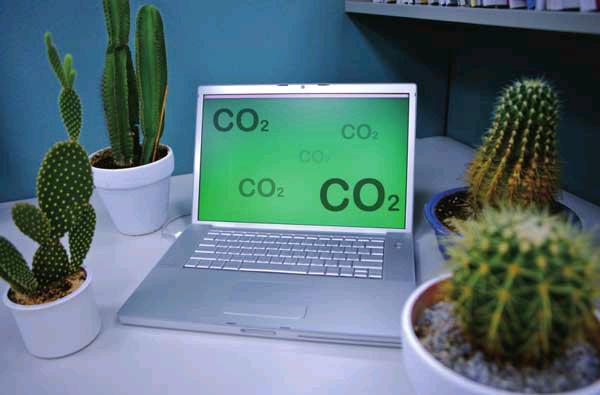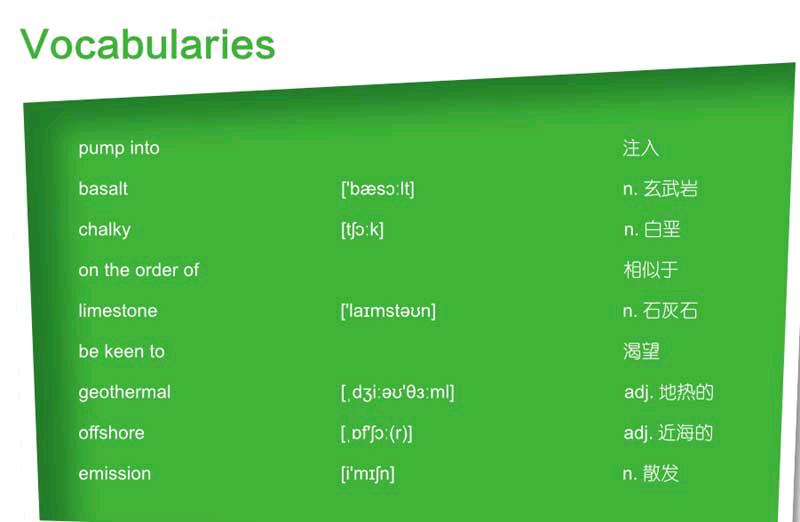科学家成功把二氧化碳变成石头
The researchers report an experiment in Iceland where they have pumped CO2 and water underground into volcanic rock.
Reactions with the minerals in the deep basalts convert the carbon dioxide to a stable, immobile chalky solid.
Even more encouraging, the team writes in Science magazine, is the speed at which this process occurs: on the order of months.
"Of our 220 tonnes of injected CO2, 95% was converted to limestone in less than two years," said lead author Juerg Matter from Southampton University, UK.
"It was a huge surprise to all the scientists involved in the project, and we thought, Wow! This is really fast," he recalled on the BBCs Science In Action programme.
With carbon dioxide concentrations in the atmosphere marching ever upwards and warming the planet, researchers are keen to investigate so called "carbon capture and storage" (CCS) solutions.
Working with the Hellisheidi geothermal power plant outside Reykjavik, it combined the waste CO2 with water to make a slightly acidic liquid that was then sent hundreds of metres down into the volcanic basalts that make up so much of the North Atlantic island.
"In the future, we could think of using this for power plants in places where theres a lot of basalt— and there are many such places."
Dr Matter added, "You can fi nd basalts on every continent and, certainly, you can fi nd them off shore because all the oceanic crust —so below the seafl oor — is all basaltic rocks.
In terms of the availability of basaltic rocks to take care of CO2 emissions globally no problem."
There is, however, the issue of cost.
"We need to do more field-scale tests, like this one in Iceland, to better understand the types of processes that are ongoing and how fast they work," said by Christopher Rochelle,an expert on CCS at the British Geological Survey.


